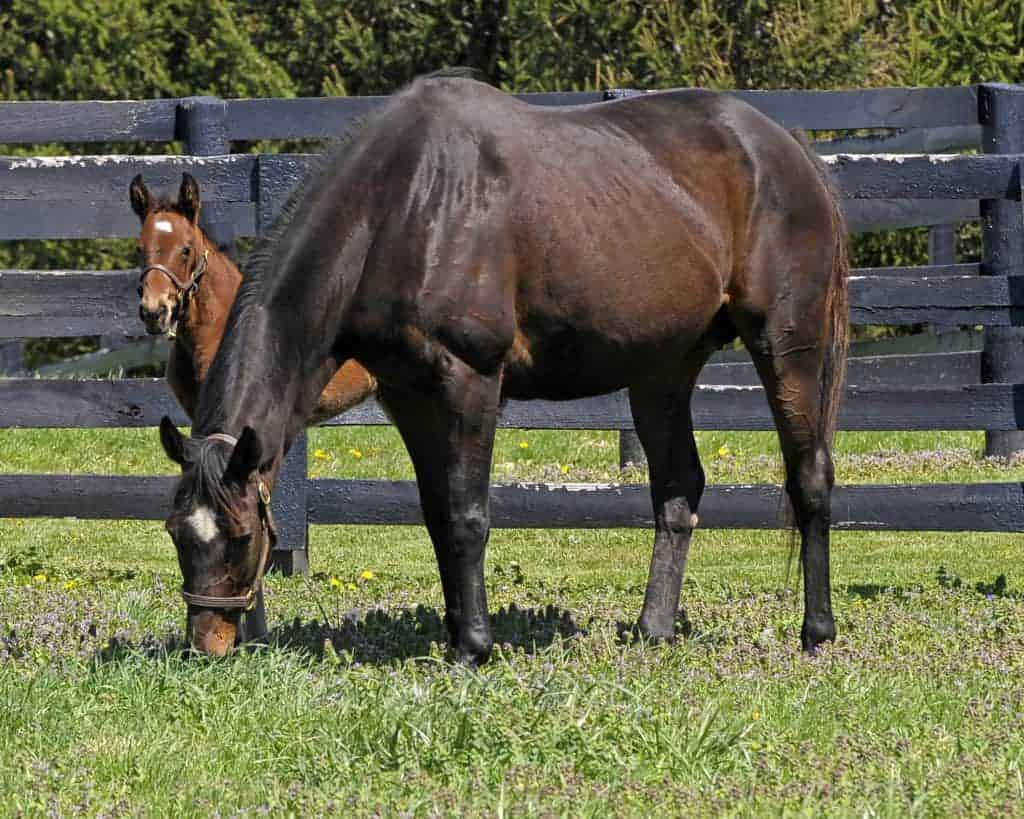
Monday’s Top Tweets from the 2015 AAEP Convention
Tweets and take-homes from the Milne lecture and sessions on colic, digestive health, pathology, and more.

Tweets and take-homes from the Milne lecture and sessions on colic, digestive health, pathology, and more.

Improved diagnostics and more promising treatments are putting many foot-sore horses back to work.

The new CT unit’s gantry is 85 cm in diameter to accommodate large equine body parts, such as the neck.

Dr. Kevin Keegan of the University of Missouri examines the biomechanics related to diagnosing equine lameness.
The four-robot system can perform multiple modalities and will be used in conjunction with a high-speed treadmill.

Chiropractic provides another means of diagnosis and treatment for many musculoskeletal disorders.

Radiographic abnormalities don’t always result in diminished performance; however, many do. Here’s what to know.

The horse’s lower limb is subject to a multitude of injuries that can baffle even the most veteran veterinarians.

Poor performers can be a diagnostic challenge. Here’s what veterinarians will look for when examining these horses.

Vets can evaluate and treat performance-limiting respiratory problems to help return the patient to peak performance.

The dynamic respiratory scope will allow veterinarians to better assess performance horses’ upper respiratory tracts.

Scientists are hailing a new technology called MALDI-TOF as a game changer for Kentucky animal health.
How long will a horse with osteoarthritis remain sound after successful IRAP treatment?

Lavage systems placed in the upper and lower eyelids developed complications 12.8% and 22.2% of the time, respectively.

Learn how vets use a technique called FLASH, a targeted abdominal ultrasound examination, to diagnose colic.

The new MRI replaces a previous system at New Bolton Center, installed in 2005 and used until recently.
Stay on top of the most recent Horse Health news with
"*" indicates required fields